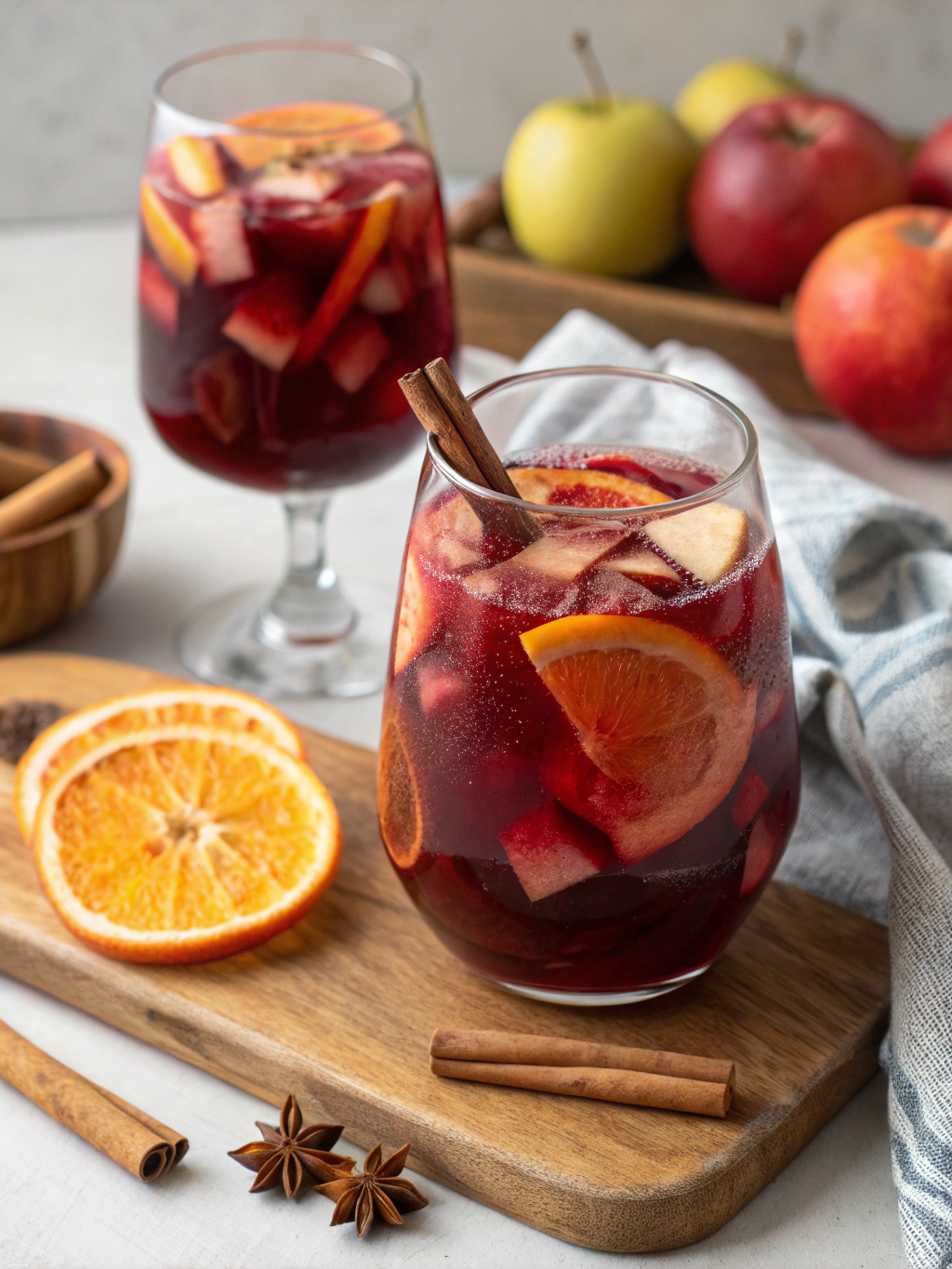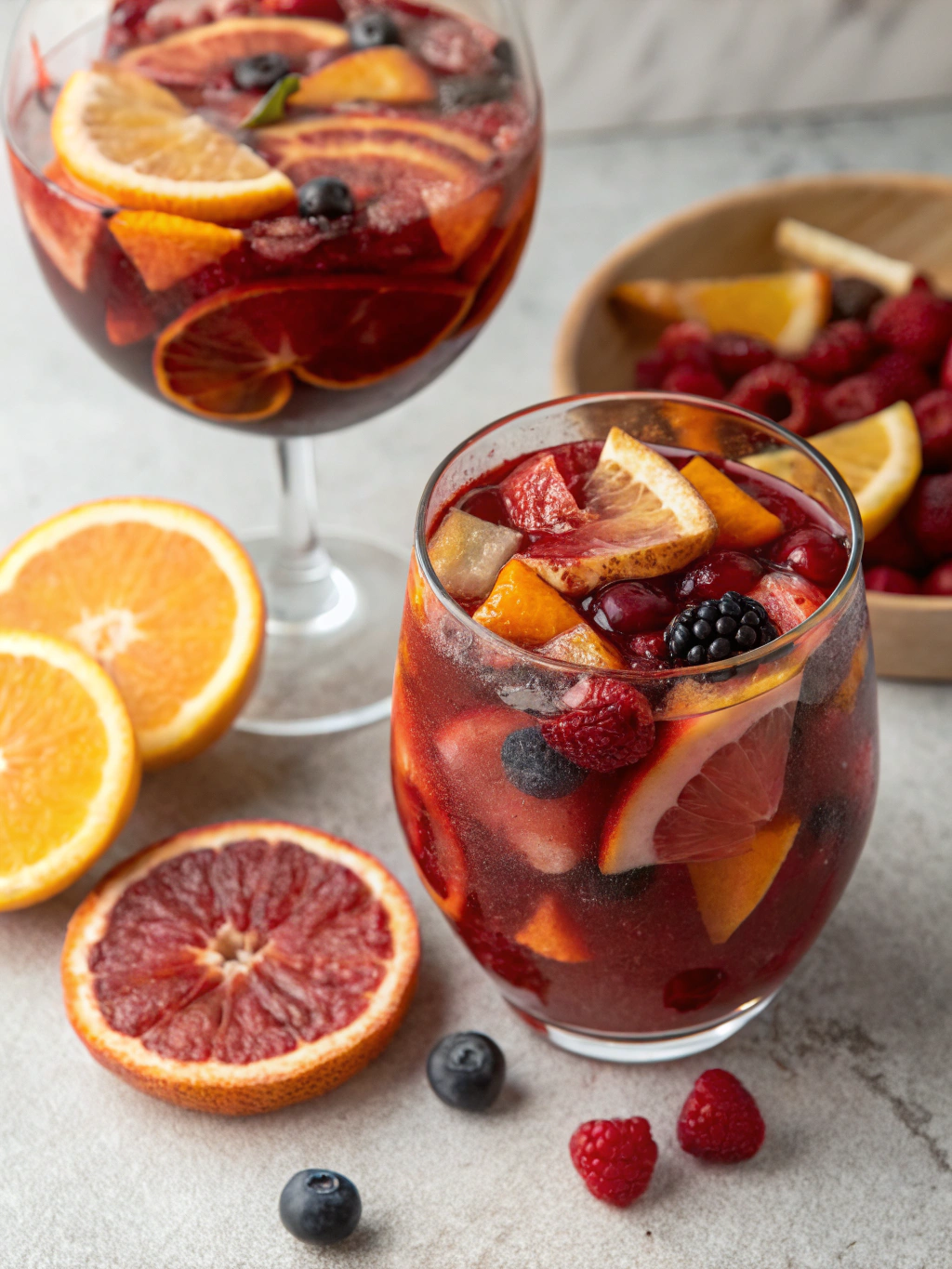Last Updated on January 15, 2025 by recipeinspire
Extra Crispy Fried Fish: How to Achieve the Perfect Crunch

Extra crispy fried fish is a popular dish that is enjoyed around the world. The dish is known for its crunchy exterior and tender, flaky interior. Whether you are looking to make this dish at home or order it at a restaurant, there are a few key things you need to know to ensure that you get the perfect crispy texture.
Choosing the right fish is crucial to making extra crispy fried fish. Some fish, such as cod, haddock, and tilapia, are ideal for frying because they have a mild flavor and firm texture that holds up well during the cooking process. Other fish, such as salmon and tuna, are not recommended for frying because they have a higher fat content that can make the batter soggy. When selecting fish, it is important to look for fresh, high-quality fillets that are free of any discoloration or strong odors.
Key Takeaways
- Choosing the right fish is crucial to making extra crispy fried fish.
- The batter ingredients and preparation techniques are important factors in achieving the perfect crispy texture.
- Frying at the right temperature and serving the fish immediately after cooking can help maintain the crispiness.
History of Fried Fish
Fried fish is a popular and classic dish that has been enjoyed for centuries. The origins of fried fish can be traced back to ancient civilizations such as Egypt and Greece, where fish was often seasoned and fried in olive oil.
In the United Kingdom, fried fish became a staple food during the Industrial Revolution in the 19th century. Fish and chips shops began to pop up all over the country, and the dish quickly became a favorite among the working class.
In the United States, fried fish was introduced by European immigrants in the late 19th and early 20th centuries. African American communities in the South also developed their own unique style of fried fish, often using catfish or other local fish.
Today, fried fish is enjoyed all over the world and is often served with a variety of sides such as french fries, coleslaw, and hushpuppies. While the methods and ingredients used to prepare fried fish may vary, the crispy and savory flavor remains a beloved classic.
Overall, the history of fried fish is a testament to the versatility and adaptability of this beloved dish. Whether enjoyed as a quick snack or a full meal, fried fish continues to be a favorite among people of all ages and backgrounds.
Choosing the Right Fish
When it comes to making extra crispy fried fish, choosing the right type of fish is crucial. Some fish are better suited for frying than others, as they have a firm texture and mild flavor that holds up well during the frying process. Here are a few types of fish that are ideal for making extra crispy fried fish:
1. Cod
Cod is a popular choice for making fried fish due to its firm texture and mild flavor. It is also a versatile fish that can be prepared in a variety of ways, including battered and fried. Cod fillets are thick and meaty, which makes them perfect for frying.
2. Tilapia
Tilapia is another great choice for making fried fish. It has a mild flavor and a firm, flaky texture that holds up well during frying. Tilapia fillets are also thin, which means they cook quickly and evenly.
3. Catfish
Catfish is a Southern favorite that is often fried to perfection. It has a mild, sweet flavor and a firm texture that makes it ideal for frying. Catfish fillets are also thick and meaty, which means they can hold up well during the frying process.
4. Haddock
Haddock is a popular fish in the Northeastern United States and is often used to make fish and chips. It has a firm, flaky texture and a mild flavor that makes it ideal for frying. Haddock fillets are also thick and meaty, which means they can hold up well during the frying process.
When choosing fish for frying, it is important to select fresh fish that is free of any strong odors. It is also important to consider the sustainability of the fish species. Some types of fish are overfished or caught using unsustainable methods, which can harm the environment. By choosing sustainably sourced fish, you can help protect the ocean and ensure that future generations can enjoy delicious fried fish.
Ingredients for Extra Crispy Batter
To make extra crispy fried fish, the batter is the key. The batter should be light, airy, and crispy, and it should stick well to the fish. Here are the ingredients you will need to make extra crispy batter:
Flour
Flour is the main ingredient in the batter. It provides structure and helps the batter adhere to the fish. All-purpose flour is the most commonly used flour for frying fish, but some recipes call for rice flour or cornmeal.
Baking Powder
Baking powder is a leavening agent that helps the batter rise and become light and airy. It also helps the batter become crispy.
Cornstarch
Cornstarch is a common ingredient in batter recipes because it helps the batter become crispy. It also helps the batter stick to the fish.
Egg
Egg is an optional ingredient in batter recipes, but it can help the batter become crispy. It also helps the batter stick to the fish.
Beer
Beer is a popular ingredient in batter recipes because it helps the batter become light and airy. It also adds flavor to the batter. Any type of beer can be used, but light beer is the most commonly used.
Seasonings
Seasonings such as salt, pepper, garlic powder, and onion powder can be added to the batter to add flavor to the fish. Some recipes also call for cayenne pepper or paprika to add a little heat.
Oil
Oil is used to fry the fish. Any type of oil can be used, but vegetable oil or canola oil are the most commonly used because they have a high smoke point and a neutral flavor.
By combining these ingredients, you can create a light and crispy batter for your fried fish.
Preparation Techniques
Cleaning and Filleting
Before preparing the fish, it is essential to clean and fillet it properly. This process involves removing the scales, gutting, and removing the head, tail, and fins. It is recommended to use a sharp fillet knife to avoid damaging the flesh. After cleaning, rinse the fish with cold water and pat it dry with a paper towel.
Marinating the Fish
Marinating the fish is an essential step in preparing extra crispy fried fish. It is recommended to marinate the fish for at least 30 minutes to allow the flavors to penetrate the flesh. A simple marinade can be made with lemon juice, salt, and pepper. However, other ingredients such as garlic, ginger, and herbs can also be added for additional flavor.
Mixing the Batter
The batter is a crucial component in achieving extra crispy fried fish. A good batter should be light, airy, and crispy. To make the batter, mix flour, cornstarch, baking powder, salt, and pepper in a bowl. Gradually add cold water to the mixture while whisking until the batter is smooth. It is important not to overmix the batter, as this can result in a dense and heavy coating.
Overall, following these preparation techniques will result in extra crispy fried fish that is flavorful and delicious.

Frying Methods
Deep Frying
Deep frying is a popular method of cooking extra crispy fried fish. In this method, the fish is submerged in hot oil, typically at a temperature of 350°F to 375°F, until it is golden brown and crispy.
To deep fry fish, a deep fryer or a heavy-bottomed pot can be used. It is important to use a neutral oil with a high smoke point, such as canola or vegetable oil. The fish should be coated in a batter or breading before being fried to ensure a crispy exterior.
One benefit of deep frying is that the fish cooks quickly and evenly. However, it is important to monitor the temperature of the oil to prevent burning or overcooking. Additionally, deep frying can be a messy and potentially dangerous process, so caution should be taken.
Pan Frying
Pan frying is another popular method for cooking extra crispy fried fish. In this method, the fish is coated in a breading or flour mixture and then fried in a small amount of oil in a shallow pan.
To pan fry fish, a non-stick skillet or cast iron pan can be used. It is important to use a neutral oil with a high smoke point, such as canola or vegetable oil. The fish should be patted dry and seasoned before being coated in a breading or flour mixture.
One benefit of pan frying is that it requires less oil than deep frying, making it a healthier option. However, it can be more difficult to achieve a crispy exterior with this method. It is important to flip the fish carefully and cook it over medium-high heat to ensure even browning.
Overall, both deep frying and pan frying are effective methods for cooking extra crispy fried fish. The choice of method depends on personal preference and the equipment available.
Serving Suggestions
Side Dishes
When serving extra crispy fried fish, it’s important to choose side dishes that complement the flavors and textures of the fish. Some classic side dishes that pair well with fried fish include:
- Coleslaw: A refreshing and crunchy coleslaw can help cut through the richness of the fried fish. Try making a classic coleslaw with cabbage, carrots, and a tangy dressing made with vinegar, mayonnaise, and sugar.
- French Fries: Crispy french fries are a classic side dish for fried fish. Serve them hot and salted for the best results.
- Hushpuppies: These deep-fried cornmeal balls are a Southern classic that pair perfectly with fried fish. Serve them with a side of honey butter for a sweet and savory treat.
Sauces and Dips
A great sauce or dip can take extra crispy fried fish to the next level. Here are some options to consider:
- Tartar Sauce: This classic sauce is made with mayonnaise, pickles, and lemon juice. It’s tangy and creamy and pairs perfectly with fried fish.
- Remoulade: Similar to tartar sauce, remoulade is a tangy and spicy sauce made with mayonnaise, mustard, and pickles. It’s a great option if you want to add some heat to your fried fish.
- Lemon Aioli: For a lighter and fresher option, try making a lemon aioli. Mix mayonnaise with lemon juice, garlic, and salt for a tangy and zesty dip that pairs perfectly with fried fish.
When serving extra crispy fried fish, it’s important to balance the richness and heaviness of the fish with refreshing and flavorful side dishes and dips. These suggestions are just a starting point, so feel free to experiment with your own favorite flavors and ingredients.
Tips for Extra Crispiness
When it comes to making extra crispy fried fish, there are a few tips and tricks that can make all the difference. Here are some of the best ways to achieve that perfect crunch:
Use the Right Batter
The batter is a crucial component of crispy fried fish. A good batter should be light and airy, with enough structure to hold onto the fish without being too thick. Consider using a combination of flour and cornstarch, which will create a light, crispy coating that won’t become soggy.
Keep the Oil Hot
One of the most important factors in achieving extra crispy fried fish is maintaining the correct oil temperature. If the oil is too cool, the fish will absorb too much oil and become greasy. On the other hand, if the oil is too hot, the outside of the fish will burn before the inside is cooked. Aim for an oil temperature of around 375°F (190°C) for best results.
Don’t Overcrowd the Pan
When frying fish, it’s important not to overcrowd the pan. If there are too many fillets in the oil at once, the temperature will drop and the fish won’t cook evenly. Instead, fry the fish in small batches, and keep the cooked fillets warm in a low oven until all the fish is done.
Drain the Fish Well
After frying, it’s important to drain the fish well to remove any excess oil. Place the fish on a wire rack set over a baking sheet, or on a bed of paper towels. This will help to keep the fish crispy and prevent it from becoming soggy.
By following these tips, you can achieve extra crispy fried fish that is sure to impress.
Health and Nutrition Information
Extra crispy fried fish is a popular dish enjoyed by many people around the world. While it is delicious, it is important to understand the potential risks and benefits associated with consuming this dish.
Nutritional Value
Fried fish provides essential nutrients such as protein, omega-3 fatty acids, vitamins, and minerals. However, it is important to choose healthier cooking methods and ingredients to minimize the negative effects of frying. Deep-fried fish, in particular, is high in calories and can contribute to weight gain and obesity. On average, a standard serving size of fried fish (100 grams or 3.5 ounces) contains approximately 232 calories Chef’s Resource.
Potential Risks
Frying can decrease the amount of essential nutrients like iron and vitamins B and C in fish Karock’s Food. In addition, consuming fried fish on a regular basis may increase the risk of developing chronic diseases such as type 2 diabetes, heart disease, and high blood pressure Health Reporter.
Moderation is Key
Therefore, it is important to enjoy fried fish in moderation. This means consuming it as an occasional treat rather than a regular part of the diet. It is also recommended to choose healthier cooking methods such as baking, grilling, or broiling instead of frying. By doing so, one can still enjoy the delicious taste of fish while promoting overall health and well-being.
Storing and Reheating Leftovers
Extra crispy fried fish is a delicious treat that can be enjoyed as a meal or a snack. However, it is not always possible to finish the entire portion in one sitting. In such cases, it is important to store the leftover fried fish properly to maintain its quality and freshness.
Storing Leftovers
The best way to store leftover fried fish is by placing it in an airtight container and storing it in the refrigerator. This helps to prevent moisture from entering the container and keeps the fish fresh for a longer period of time. It is recommended to consume the leftover fried fish within two days of storage.
Reheating Leftovers
Reheating leftover fried fish can be a tricky task as it tends to lose its crispiness and become soggy. However, there are a few methods that can help restore the crispy texture of the fish.
Oven Baking
One of the most popular methods of reheating leftover fried fish is by using an oven. Preheat the oven to 350°F and place the leftover fried fish on a baking sheet lined with parchment paper. Bake for 10-15 minutes or until the fish is heated through and crispy.
Air Frying
Another method of reheating leftover fried fish is by using an air fryer. Preheat the air fryer to 375°F and place the leftover fried fish in the basket. Cook for 5-7 minutes or until the fish is heated through and crispy.
Pan-Frying
Pan-frying is also a good option for reheating leftover fried fish. Heat a small amount of oil in a non-stick pan over medium heat. Place the leftover fried fish in the pan and cook for 2-3 minutes on each side or until the fish is heated through and crispy.
In conclusion, storing and reheating leftover fried fish requires proper techniques to maintain its quality and texture. By following the methods mentioned above, you can enjoy delicious and crispy fried fish even after it has been stored in the refrigerator.
Frequently Asked Questions
What is the best type of fish to use for achieving extra crispy texture when frying?
The best type of fish to use for achieving extra crispy texture when frying is a firm, white-fleshed fish such as cod, haddock, or halibut. These fish have a mild flavor and a texture that holds up well to frying.
Can you share a simple yet effective recipe for a crispy fish batter?
A simple yet effective recipe for a crispy fish batter is to mix together flour, cornstarch, baking powder, salt, and spices such as paprika and cayenne pepper. The fish is then dipped in the batter and fried until crispy.
What techniques ensure a crispy coating when frying fish with flour?
To ensure a crispy coating when frying fish with flour, it is important to make sure the fish is dry before coating it with flour. The flour should be seasoned with salt and spices to add flavor, and the fish should be fried in hot oil until golden brown.
What ingredients are essential for creating a crispy batter for deep-frying fish?
The essential ingredients for creating a crispy batter for deep-frying fish include flour, cornstarch, baking powder, salt, and spices such as paprika and cayenne pepper. Beer or club soda can also be added to the batter to create a light and crisp texture.
How do you properly fry fish in a pan with oil to get a crispy outcome?
To properly fry fish in a pan with oil to get a crispy outcome, it is important to use a heavy-bottomed pan and enough oil to fully submerge the fish. The oil should be heated to the correct temperature, and the fish should be fried in small batches to avoid overcrowding the pan. The fish should be turned only once during cooking to prevent the coating from falling off.
What are some tips for maintaining the crispiness of fried fish when serving?
To maintain the crispiness of fried fish when serving, it is important to serve the fish immediately after frying. The fish should be drained on paper towels to remove excess oil, and it should be kept warm in a low oven until ready to serve. It is also important to avoid covering the fish with a lid or wrapping it in foil, as this can cause the coating to become soggy.
Print
Extra Crispy Fried Fish
Description
Extra crispy fried fish is a popular dish that is enjoyed around the world. The dish is known for its crunchy exterior and tender, flaky interior.
Ingredients
Instructions
Mix: Combine flour, cornstarch, baking powder, salt, and pepper.
Stir: Add cold water to form batter.
Dip: Fish fillets in batter.
Fry: In hot oil until golden and crispy.
Keywords: Extra Crispy Fried Fish
For more Similiar Recipes :








